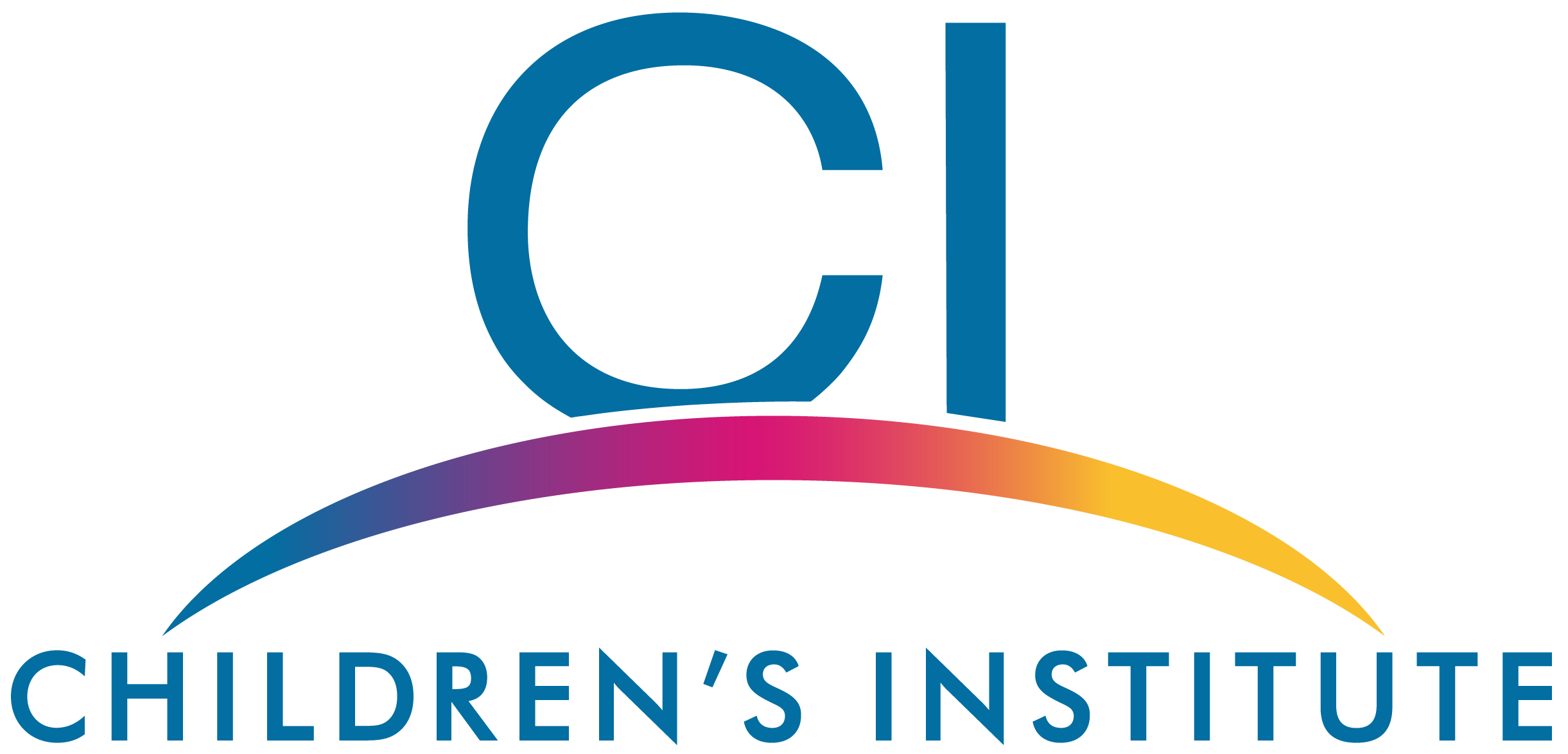Including the Student Voice in Planning
“I asked an administrator about needing more counselors available and not just for college stuff and I was told that schools are businesses and we need to remember that.”
The student voice. It’s something we hear about so often – how important it is for adults to make space to listen to student perspectives and genuinely engage with their realities. Of course, this is easier said than done. Even with the best intentions, student forums may easily be pushed aside due to time constraints, dwindling attendance, or changes in leadership.
As you close out your 2018-2019 school or program year, we encourage you to look forward to the future. How can you make time and space to welcome student voices into your planning? How will you include ALL students in this process, knowing that the strength of some personalities can lessen the impact of others. When was the last time you deeply listened to and thoughtfully acted upon a student suggestion?
I recently had the opportunity to listen in on a group of high school students as they shared their concerns regarding the need for social emotional supports in their environments.
“I understand that some kids are in crisis and need help right away. What do you do if you are only a ‘tier one’ issue and no one has time for you? It becomes a ‘tier two’ issue and then maybe a ‘tier three’ issue before someone can listen. That doesn’t make sense to me.”
Students listen more than we sometimes give them credit for. Giving students a high level overview of how decisions are made for their health, wellness, and development can lead to useful insights on what is really pressing, and what may need less of your attention. That these students could clearly articulate a progression of Tier 1, 2, and 3 needs was a surprise for me – but it may not be to some of you.
“What do you do if you go to the counseling office because you are feeling like you need help and they are all busy? And so you go visit the one or two teachers who you trust and they are teaching? What are you supposed to do?”
Great steps have been taken in empowering students to ask for the resources they need. Mental health is not the taboo for Generation Z that it has been for previous generations. How else can we empower these young people to advocate for their own success?
Students discussed how peer leaders might not know how to handle kids in crisis, and that many students wouldn’t feel comfortable telling their problems to peers that were not their friends. They were concerned about issues of confidentiality and comfort, just as an adult would be when choosing a confidante. They felt that schools have protocols in place but that the protocols didn’t match what students needed. They felt that schools were more concerned with providing temporary support after a crisis than providing year-round support in order to prevent crises.
They came up with the idea of having college students intern at their school and staff a common sharing space. These interns would have psych/social work backgrounds and could provide that tier one support that many are looking for.
“When you look at our schedules and how we go from class to class, sometimes you just need to take a minute for yourself. And the counseling office is always full, and stressful by itself.”
It was amazing to watch a group of young people use a restorative circle in order to share their concerns about the social emotional support that they wish they had in their schools. Although, as may be expected when dealing with teenagers, many had ideas that focused solely on their own frame of reference or concerns, many were really speaking to the larger good of the school community. I saw students who were able to tap so many of their own social emotional skills to participate in this meeting – problem-solving, critical thinking, connecting with feelings, coping skills, the list goes on and on. The good news is that they must have built a foundation of some of these skills somewhere. The bad news is that they feel unsupported and adrift in the place where they spend the majority of their time. This is likely the challenge for every district.
“Teachers are supposed to be able to help you and they all say, please feel free to come to me if you have a problem, but when is that supposed to happen? And most are worried about getting their work done anyway.”
So I ask you, would the concerns of your students sound similar to those listed above? Do you have answers to some of their most basic questions – and are you satisfied with those answers? Do your students and teachers feel “equal”, not in the measure of their content knowledge base, but in their ability to treat each other with empathy and respect? Do you have some counselors dedicated to the college admissions process, and some dedicated to providing emotional support, regardless of their tier status? Can you illustrate why social emotional learning is a concern for every adult in the building, and not just the mental health support staff?
“I think teachers and students should be equal. Yes, teachers know more about content but we are all people with feelings.”
I am grateful to have had the opportunity to hear students share such thoughtful concerns in a district that is approaching their third year of social emotional work. Systemic change takes a lot of time and patience but, as these students show, they definitely have a foundation on which they can continue the conversation.
At the end of your 2019-2020 cycle, what will your students be saying?
By Christine Merle
